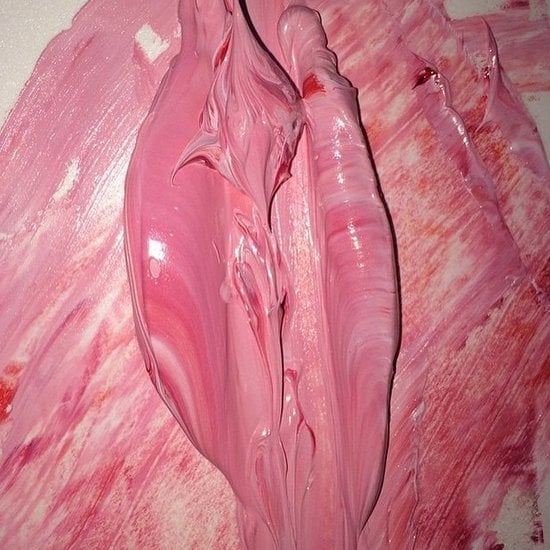

In many affected dogs, clinical signs are related to inflammation and infection within the skin folds that surround the vulva. "The clinical signs of a recessed vulva vary, depending on the individual dog." Other patients may be affected more severely. Some dogs with a recessed vulva show no clinical signs. The clinical signs of a recessed vulva vary, depending on the individual dog. What are the clinical signs of a recessed vulva? These bacteria can affect the skin folds around the vulva ( perivulvar dermatitis), migrate into the vagina (leading to vaginitis), or migrate up the urinary tract (leading to a urinary tract or bladder infection). This moisture, combined with warmth from the dog’s body heat, can make it very easy for bacteria to grow in this area. The skin folds around the vulva can trap moisture when the dog urinates. In other dogs, however, a recessed vulva can predispose them to vaginitis and/or urinary tract infections.

The diagnosis may be a purely incidental finding on a routine physical exam. Some dogs may have a recessed vulva for their entire life without ever experiencing any visible effects. What is the significance of a recessed vulva? The condition is more common in medium to large breed dogs, especially individuals who are overweight.

In this condition, the vulva is recessed within, or partially hidden by, surrounding folds of skin.Ī recessed vulva is thought to have a genetic basis, though this has not been definitively determined. A recessed vulva, which may also be referred to as a juvenile or hypoplastic vulva, is a conformational (structural formation) issue that occurs in female dogs.


 0 kommentar(er)
0 kommentar(er)
